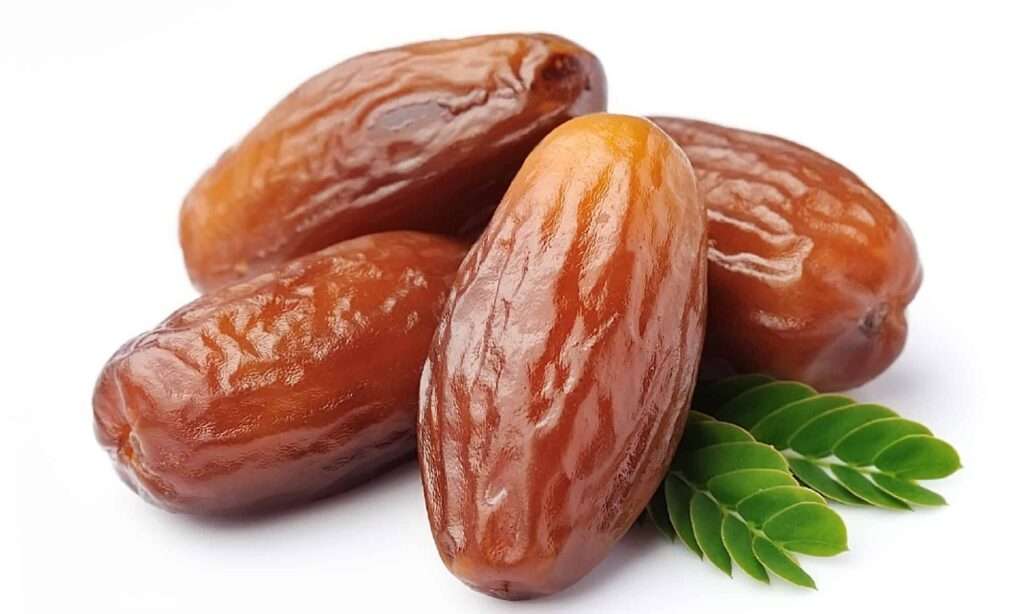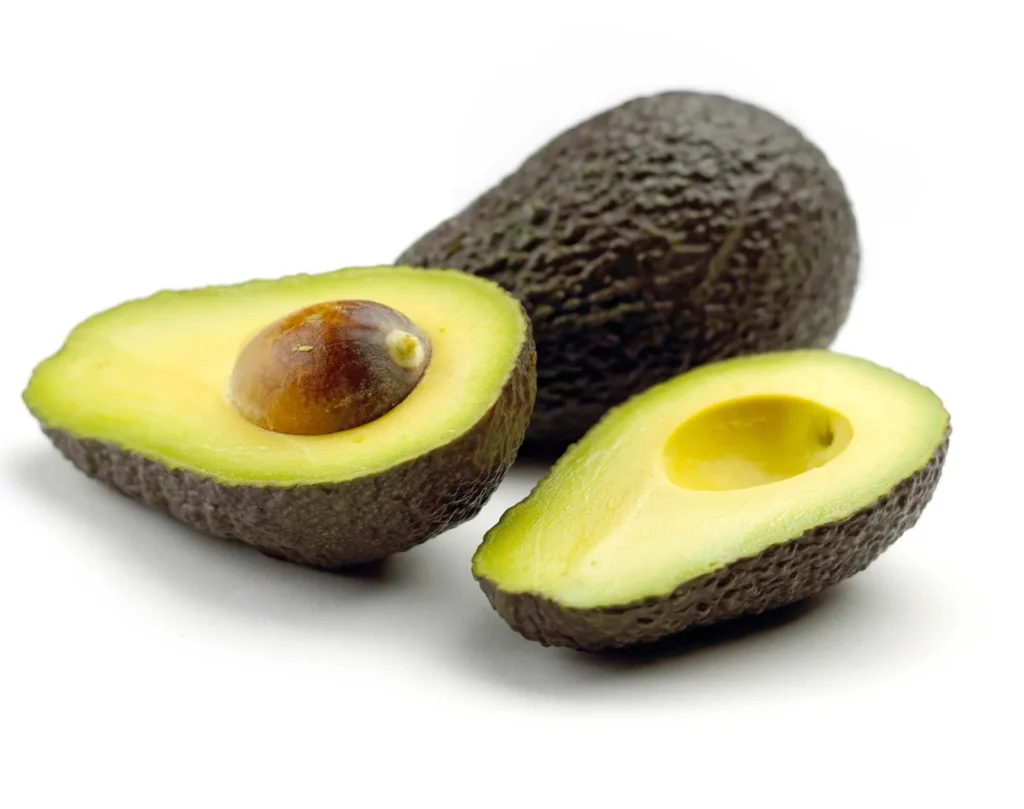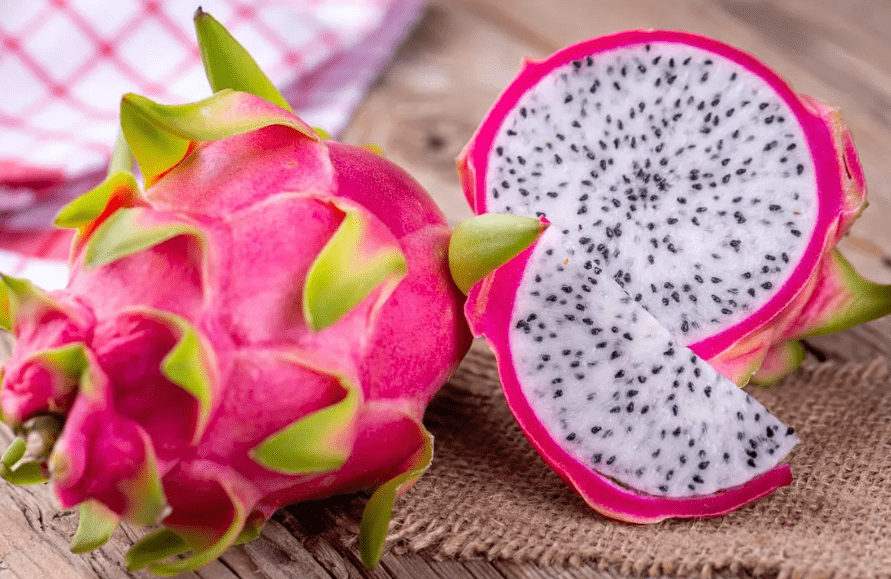
Description
The date fruit is single-seeded which can vary greatly in shape, colour, size, quality, and consistency of flesh depending on the cultivar and environmental factors.
Dates are little, 5 cm long dried stone fruits with a dark brown or caramel colour. Date palm trees, which are indigenous to parts of Northern Africa and the Middle East, produce dates that are fresh.
Varieties
Dates come in more than 200 distinct shapes and flavours, but they all have the same nutritional value. Piarom dates, Medjool dates, Deglet Noor dates, Barhi dates, Mazafati dates, Rabbi dates, Thoory dates, Dayri dates, Sayer dates, Halawy dates, Khudri dates, Sukkari dates, Zahedi dates, and Safawi dates are only a few of the several varieties of dates.

Uses
In addition to being consumed fresh, dates can be processed into paste, jam, sugar, juice, vinegar, syrup, and alcohol. Dates that are dry can be processed into flour.
Nutrition
The nutritional content of one date (8g) is 23 calories, 0.2mg sodium, 0.2g protein, 0.6g fibre, 53mg potassium, 0.1mg iron, 1.52mcg folate, 3.4mg magnesium, 6g carbohydrates, and 0g fat. Iron, magnesium, and potassium are all nutrients found in dates.
Cultivation
Fruit has historically been the principal source of food and riches in the irrigable deserts of North Africa and the Middle East. In the late 18th and early 19th centuries, Spanish missionaries carried the tree to the New World.
The health and productivity of your date palm are greatly influenced by the soil in which it is grown. The ideal soil should have a pH range of 6.0 to 7.5 and be well-draining. This permits extra water to drain away while ensuring that water may quickly permeate the soil and reach the roots. Your date palm needs to be watered with extreme caution. Date palms are arid-area natives that do best in hot, dry conditions. For optimum growth, temperatures between 27 and 95 degrees Fahrenheit (80 and 80) are preferred. Their natural habitat is mimicked by this warm, sunny atmosphere, which also encourages brisk development and fruit production.
Giving your date palm a balanced and controlled feeding schedule is crucial to ensuring that it receives enough nutrition. Date palms have certain dietary needs that can be satisfied by routine fertilization. During the growing season, apply a slow-release fertilizer made especially for palm plants every three to four months. This will deliver a consistent flow of nutrients over time, encouraging healthy growth and development.
Table





